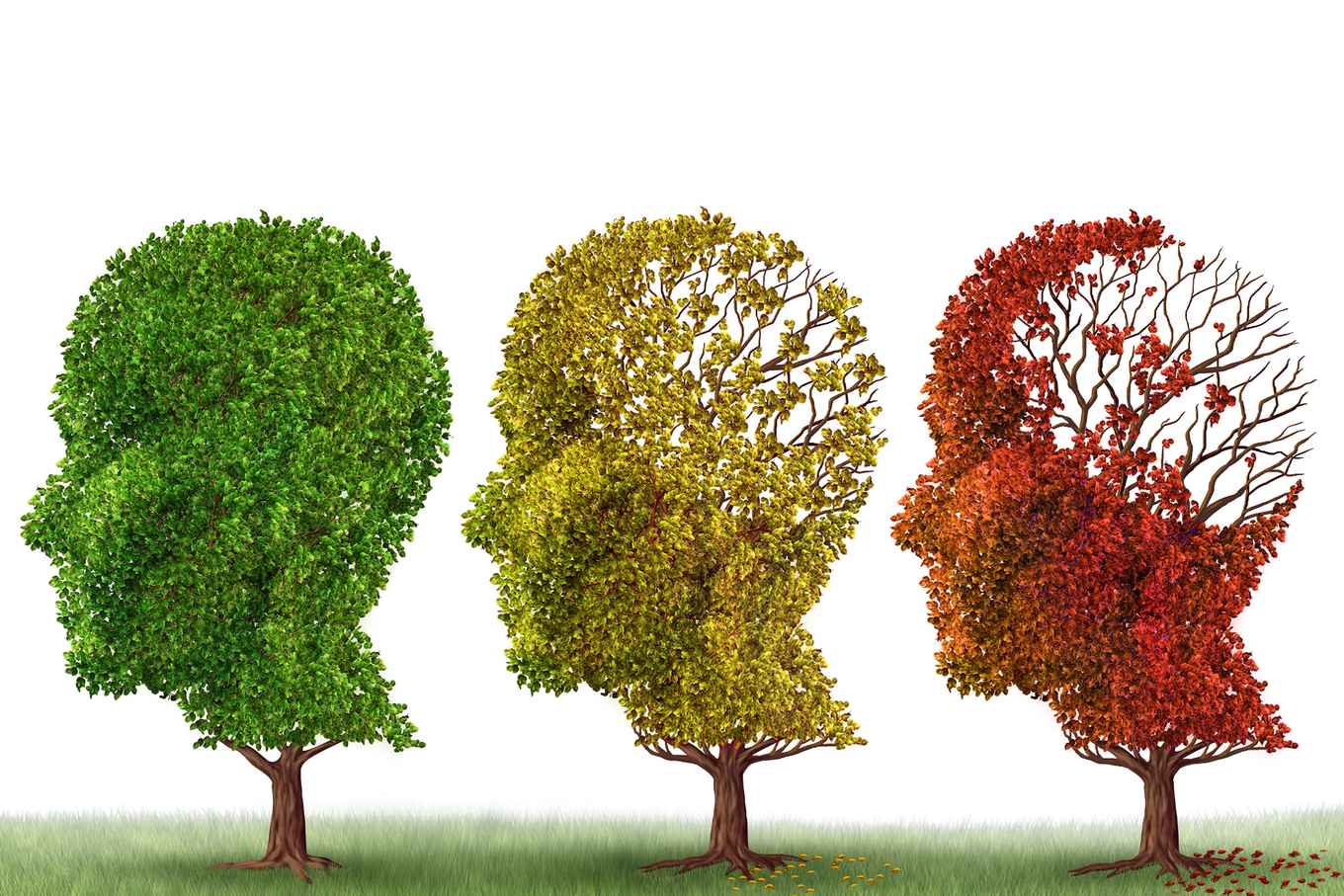Daily hormone cycle important for the aging brain
2 July 2019

Hippocampal neural stem cells as source of new neurons
The hippocampus is a part of the brain important for memory and cognition. A neural stem cell pool resides in the hippocampus that is responsible for keeping this part of the brain functioning when cognitive demands are high. In a process called ‘adult neurogenesis’, neural stem cells create new neurons. Neurogenesis happens during the entire lifespan of mammals, however, it declines with age, leading to a depletion of the neural stem cell pool that is associated with age-related cognitive impairments and Alzheimer’s disease. To prevent depletion, it is important to have a balance between self-renewal of stem cells and neurogenesis. Fitzsimons and colleagues studied how this balance is regulated.
Glucocorticoid hormone regulation of neural stem cell pools
Glucocorticoid hormones are a class of steroid hormones with many functions in the human body. One of those functions is regulating neural stem cell division, also called proliferation. Glucocorticoid hormones are made in the adrenal glands and secreted following daily cycles or “oscillations”. Fitzsimons and colleagues found that these cycles are important regulators of the proliferation of the neural stem cells, keeping them inactive, or “quiescent”.
Oscillations maintain the stem cell pool
The neural stem cells can pick up the signal from the hormones via a specialised receptor, called the glucocorticoid receptor. Those neural stem cells that have the receptor survive longer in the aging brain. Using modelling and cell culture experiments, the researchers further elucidate what the oscillations do to the neural stem cells, both morphologically and at an epigenetic level. The results indicate that the circadian oscillations control the maintenance of neural stem cells during aging, thereby presenting a possible source of neuroplasticity reserve that could be exploited to sustain hippocampus-dependent cognitive functions throughout life.
Linking circadian rhythms to neuron alterations in Alzheimer’s
Interestingly, when Fitzsimons and colleagues interrupted the daily cycles of glucocorticoid hormones in SAMP8 mice, a non-genetic model of Alzheimer’s with severe memory deficits, they found that the new neurons born from neural stem cells were morphologically different than normal new born neurons. These results indicate that some of the circadian rhythms alterations observed early in Alzheimer’s may be linked to hippocampal disfunction.
Publication
M. Schouten et al., Circadian glucocorticoid oscillations preserve a population of adult hippocampal neural stem cells in the aging brain, Molecular Psychiatry, 20 June 2019, doi: https://doi.org/10.1038/s41380-019-0440-2